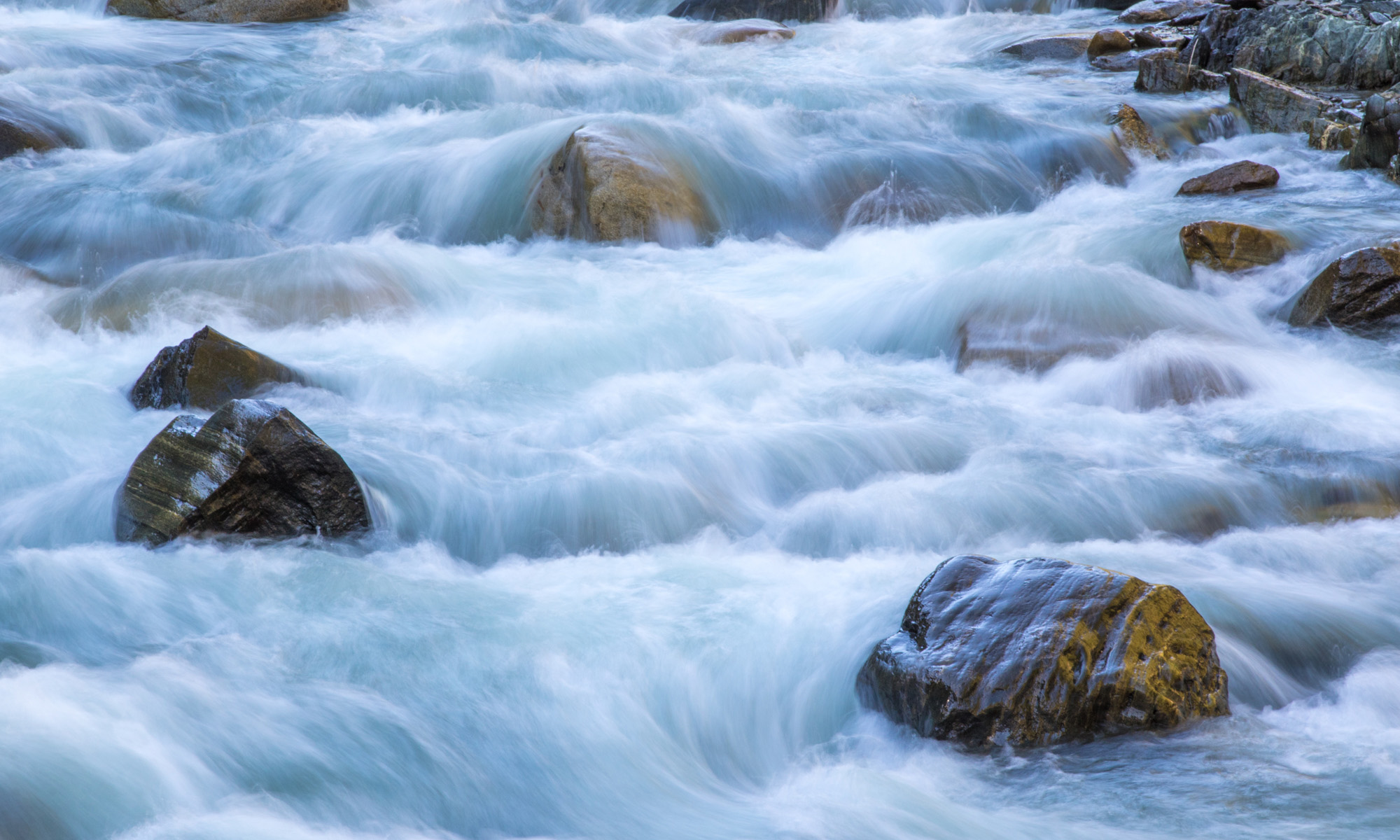Today’s Question: I know you’ve mentioned that you can’t assign more than one color label to a photo. For my workflow I would find it very helpful to be able to assign multiple color labels to identify the status of different images. Can you recommend any workflow for getting around this limitation?
Tim’s Quick Answer: In this type of scenario, I recommend using what I refer to as “fake keywords”, which are just keywords used for purposes beyond subject identification in an image.
More Detail: As noted in today’s question, you can only add a single color label to an image when it comes to software that uses the Label metadata field for this purpose. This is similar to how you can only assign a single star rating to an image, so an image can’t have both a two-star and a four-star rating, for example.
One way you can work around this type of limitation is to use a keyword for situations where you might want to assign more than one attribute, such as when you would otherwise want to assign more than one color label to an image. For example, if you use a red color label for an image that needs to be reviewed and a green color label for images you want to share with someone else, you can’t assign both color labels for an image that you both need to review and want to share with someone else.
I refer to keywords being used for something of a non-standard purpose as “fake keywords”, even though they are very much keywords being added to metadata. For example, I use the keyword “InstagramShare” to identify photos I’ve shared to my Instagram feed, so I know which images have versus have not been shared.
For color labels you could use somewhat literal keywords such as “RedLabel” and “GreenLabel”, or you could use custom keywords that represent tasks, such as “Task-Review” and “Task-Share”. You could even then create a smart collection for applicable keywords, so that the smart collection would be automatically populated by all images that contain the applicable keyword perhaps along with other metadata attributes.

